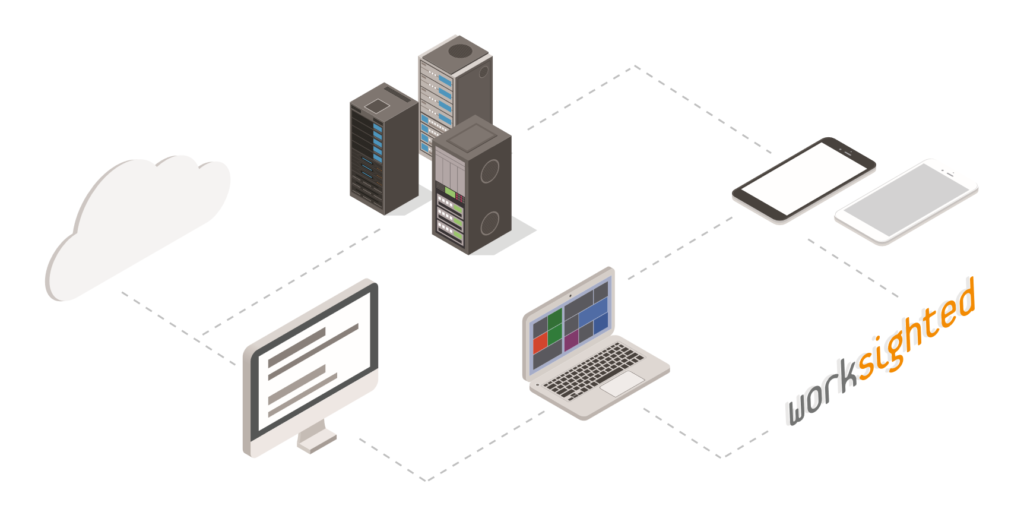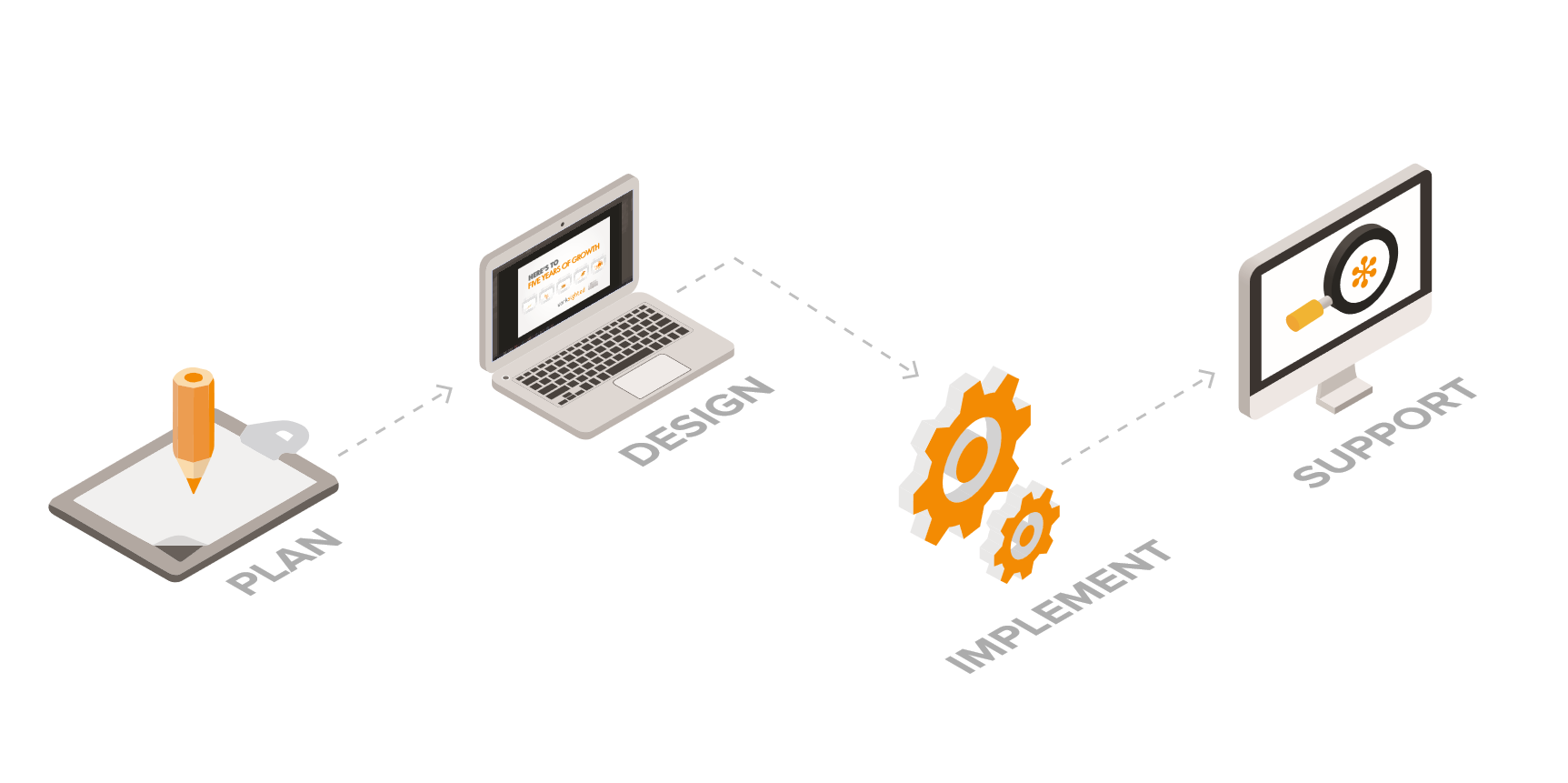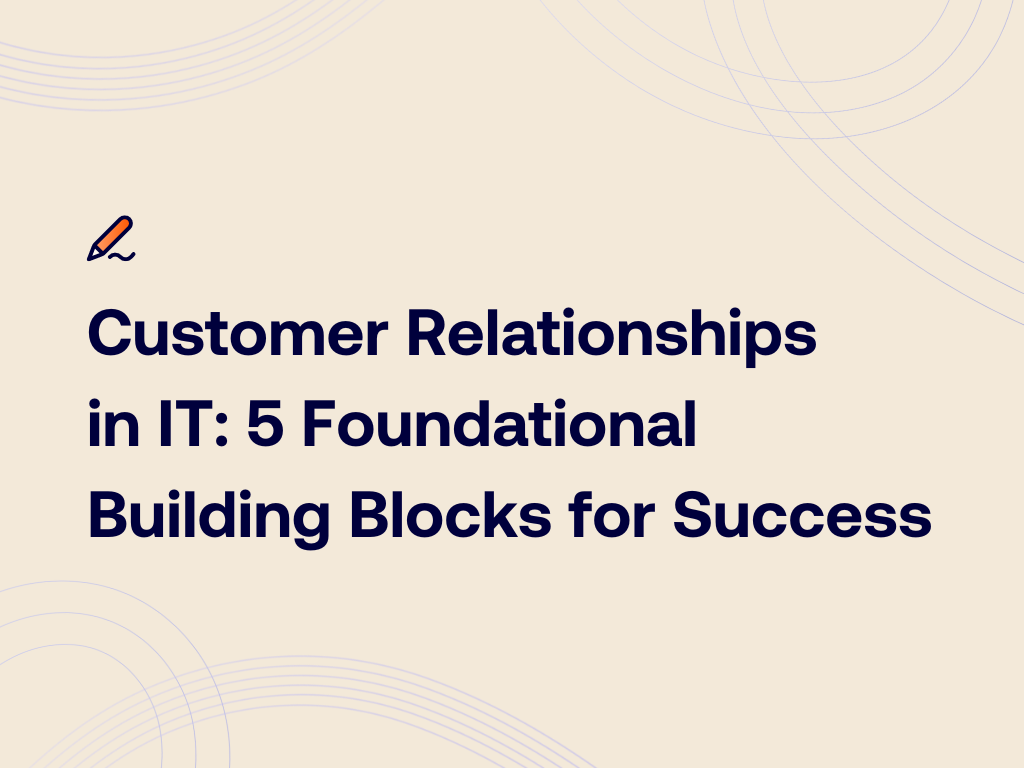Hyperconverged Systems for SMB

In the world of enterprise computing, converged and hyperconverged systems are taking over more and more data centers. They combine high performance and reduced management costs. Now, smaller organizations in fields as diverse as manufacturing and healthcare can take advantage of them. The real question is what the organizations want to get from their architecture — and what they can expect from a move toward convergence.
Converged systems describe racks (or collections of racks) that have networking, servers, and storage that are managed together and function together to deliver applications to the organization.
Hyperconverged systems take the converged hardware stack and wrap virtualization around the components and the entire assembly. The server will host virtual servers that interface with virtual storage hosted on the storage hardware in the rack.
All of these virtual systems will connect to the outside world through software-defined networks (SDN). The key to hyperconvergence is the control and virtual system control software that automates the creation, management, and recycling of virtual resources according to application demand.
It can be tempting to think that the virtualization and management add far more complexity than a smaller organization can support. And there’s no question that virtualization at this level is more complex than simple hosted-application systems. On the other hand, hyperconverged systems make the greatest possible use of the hardware assets and render them far more cost-effective than more traditional uses.
In many ways, the decision is not between a hyperconverged system and a traditional application server stack, but between a hyperconverged system and a cloud-based architecture.
Each provides dynamic capacity for applications that may see variable user demand and the ability to adapt to changing circumstances. The great advantage of a hyperconverged system, though, is that the practice has absolute control over data from input through processing to display. That means regulatory issues can be dealt with from a different standpoint than that required for cloud operations.
Even with all the advantages, hyperconverged systems aren’t an all-or-nothing proposition. The automated dynamic control systems that maximize the use of hardware in the rack can also automate connections to traditional application servers or cloud services. That way, the hyperconverged system becomes the hub of a hybrid architecture that makes the best use of each type of platform:
- Hyperconverged system
- Traditional application server
- Public cloud
- Private cloud
If this all seems a little complicated, that’s because it is, but don’t worry. Worksighted can work with you to make the transition and manage your system.




